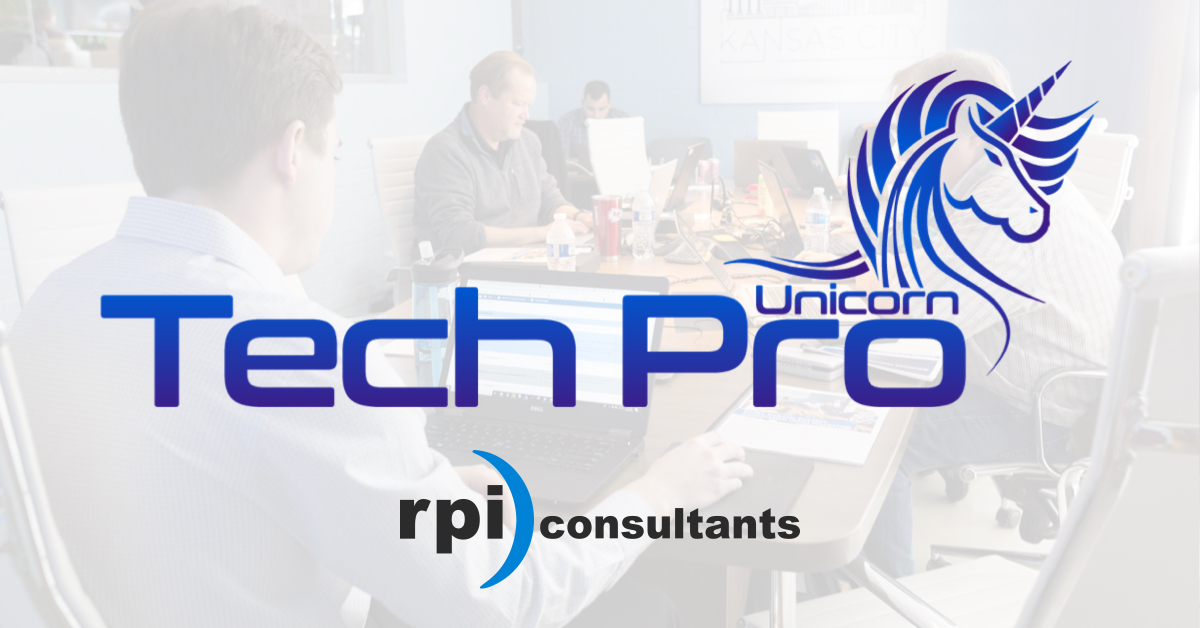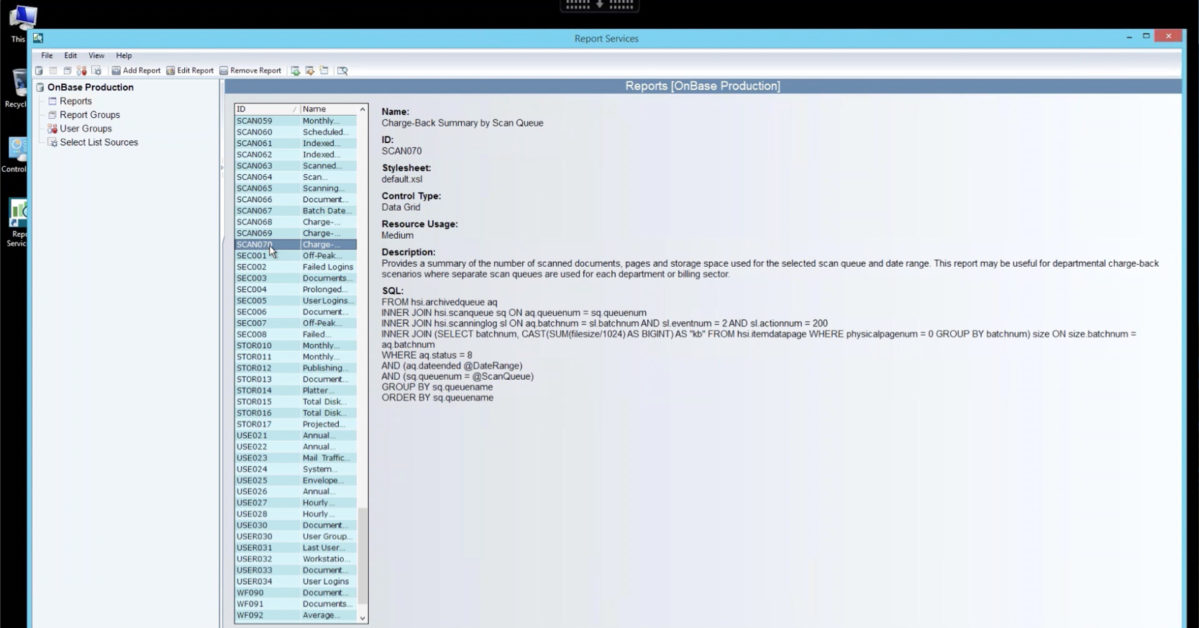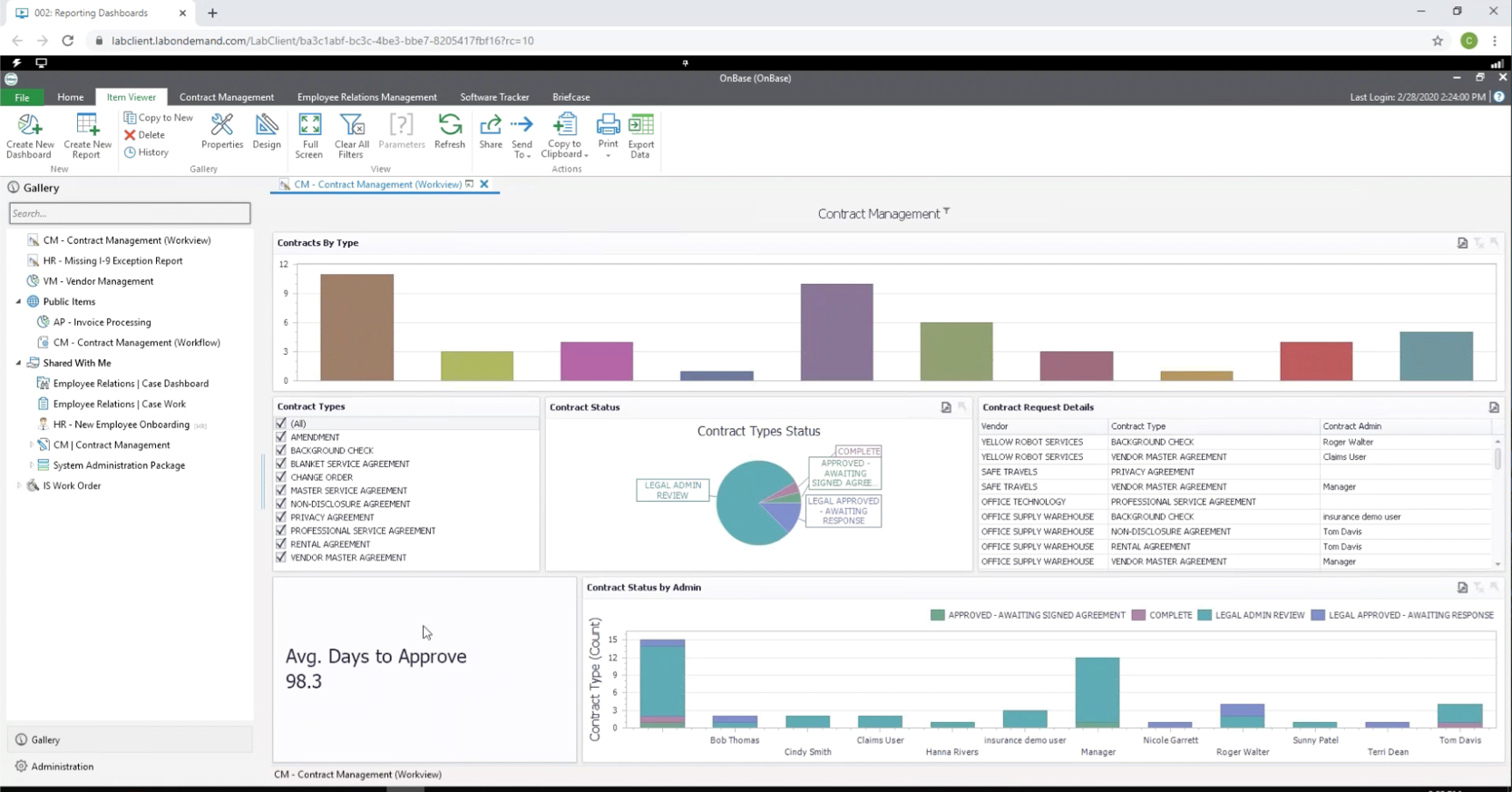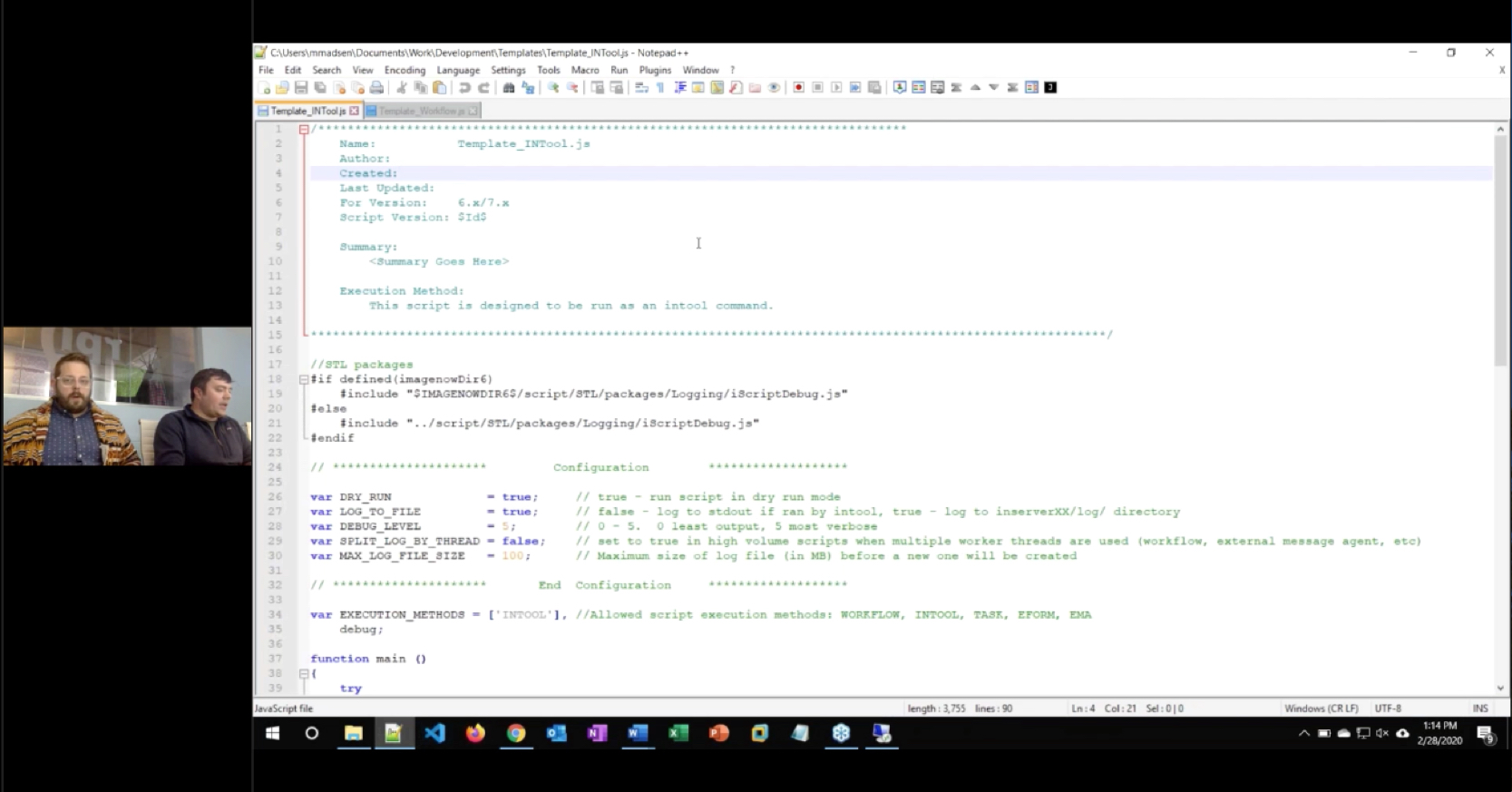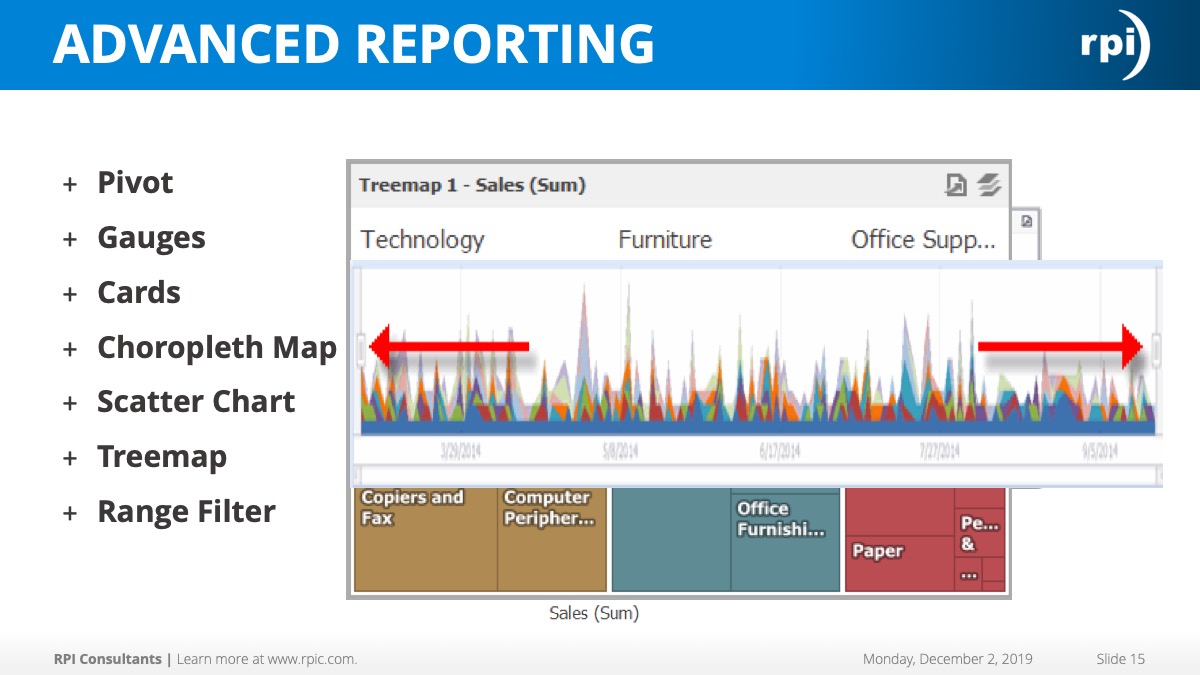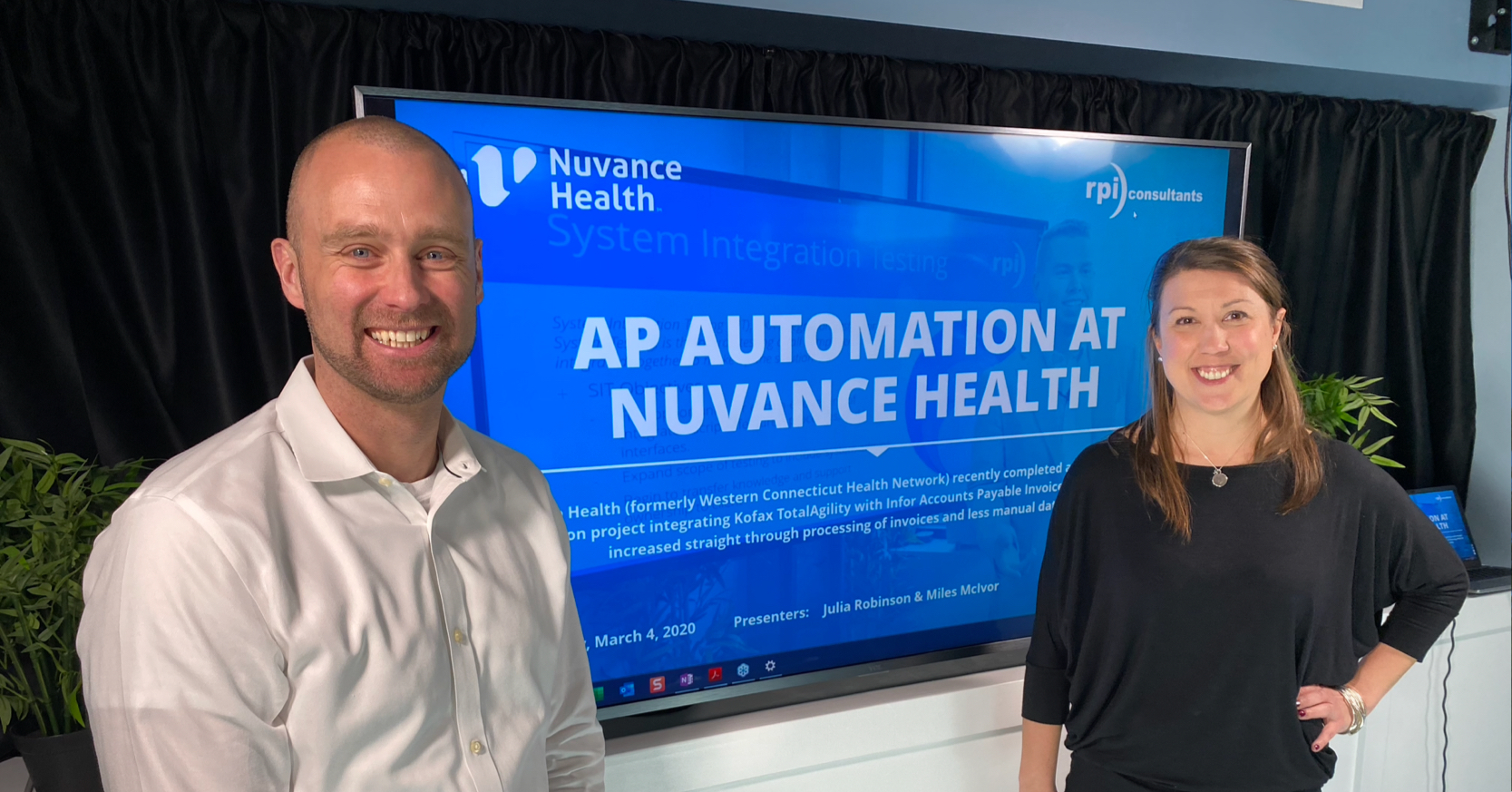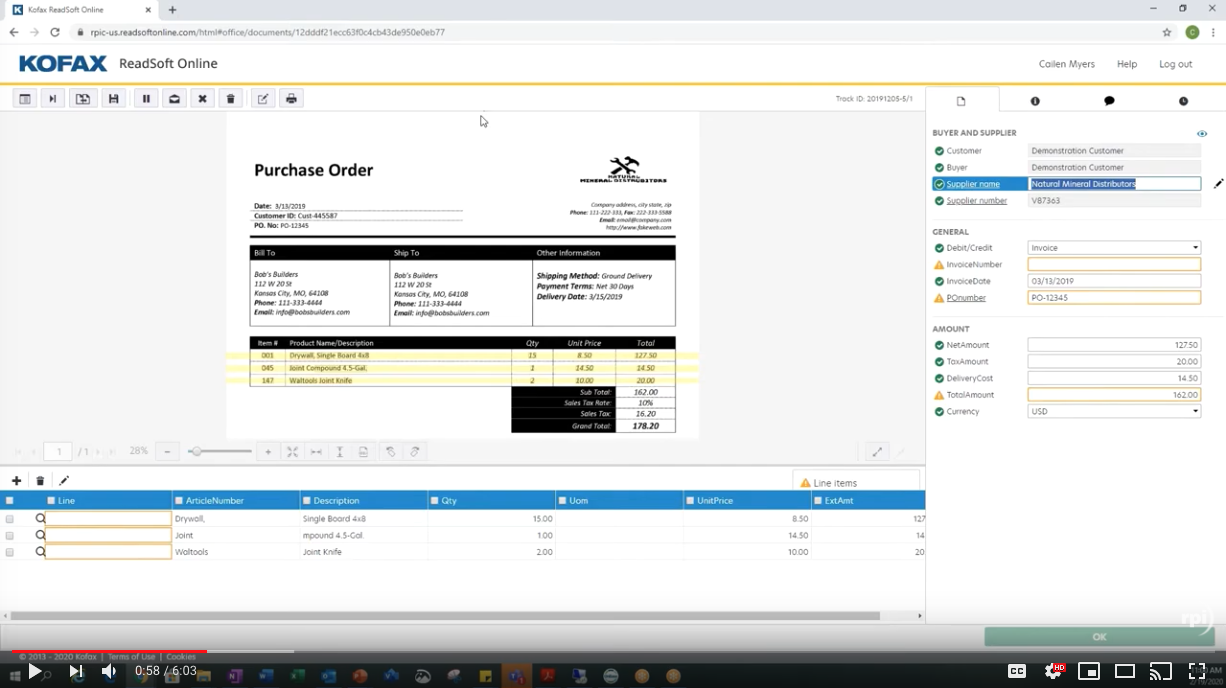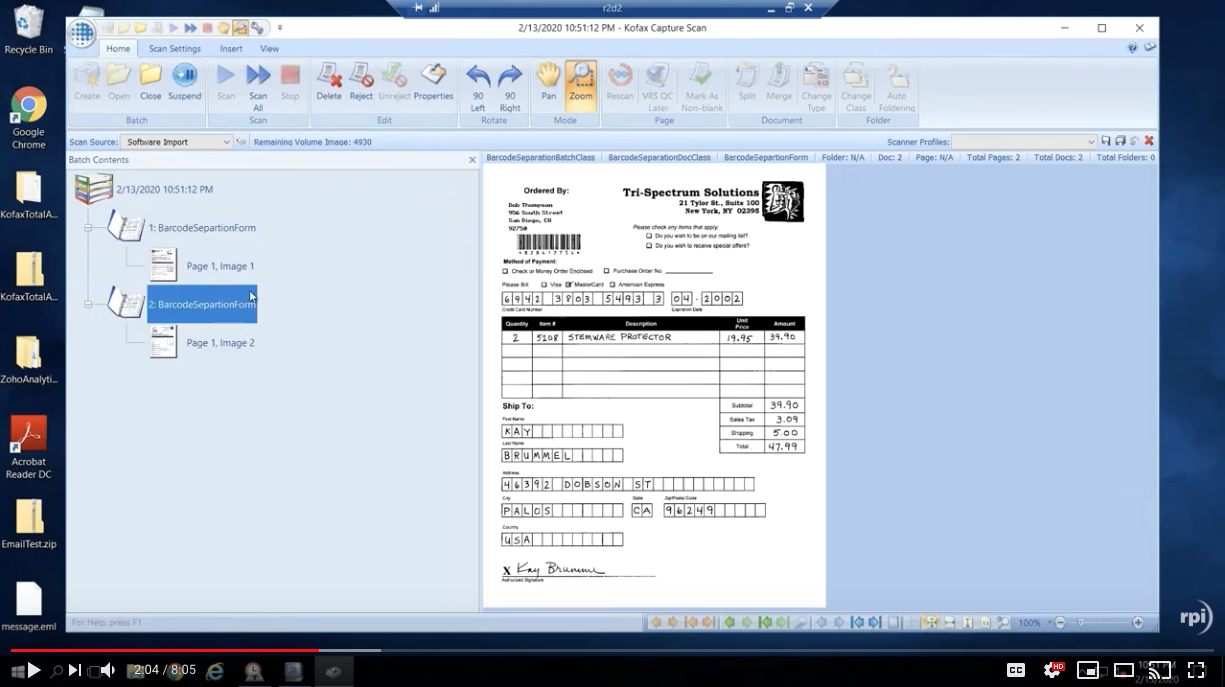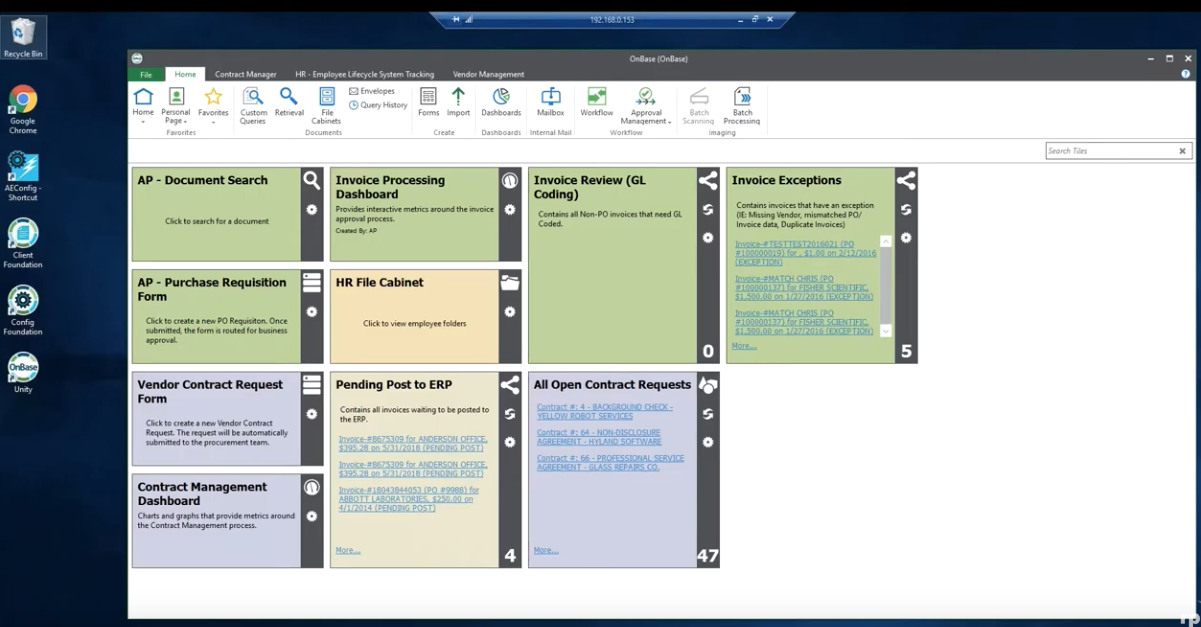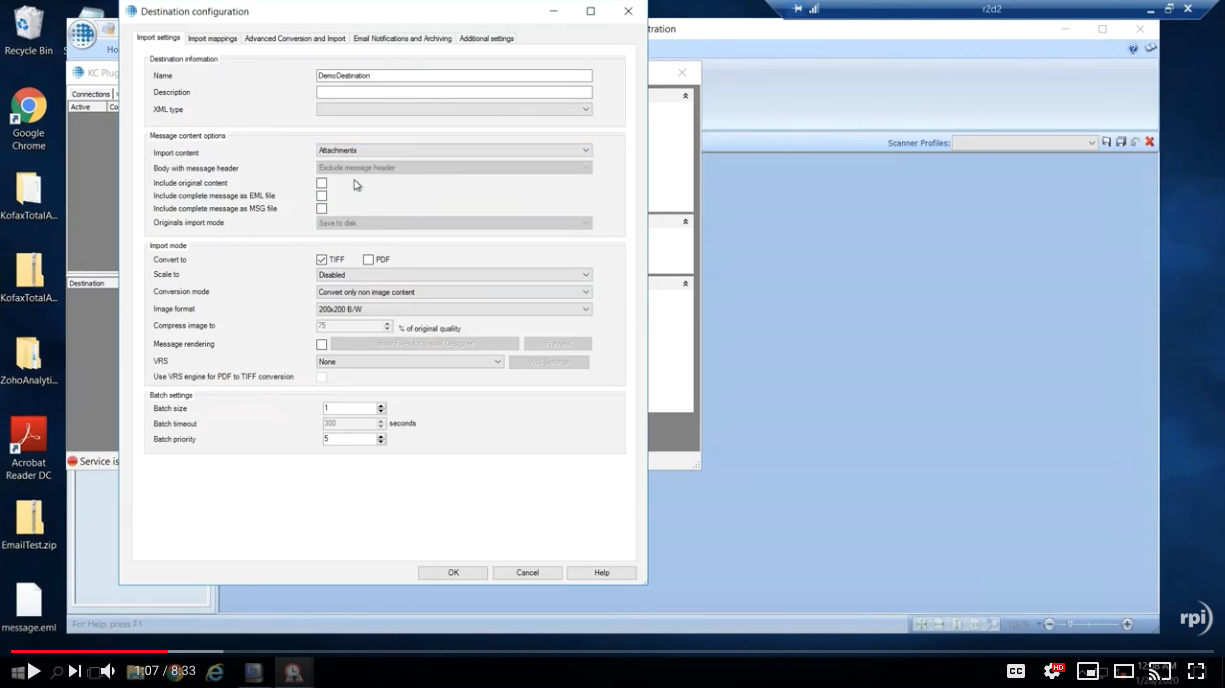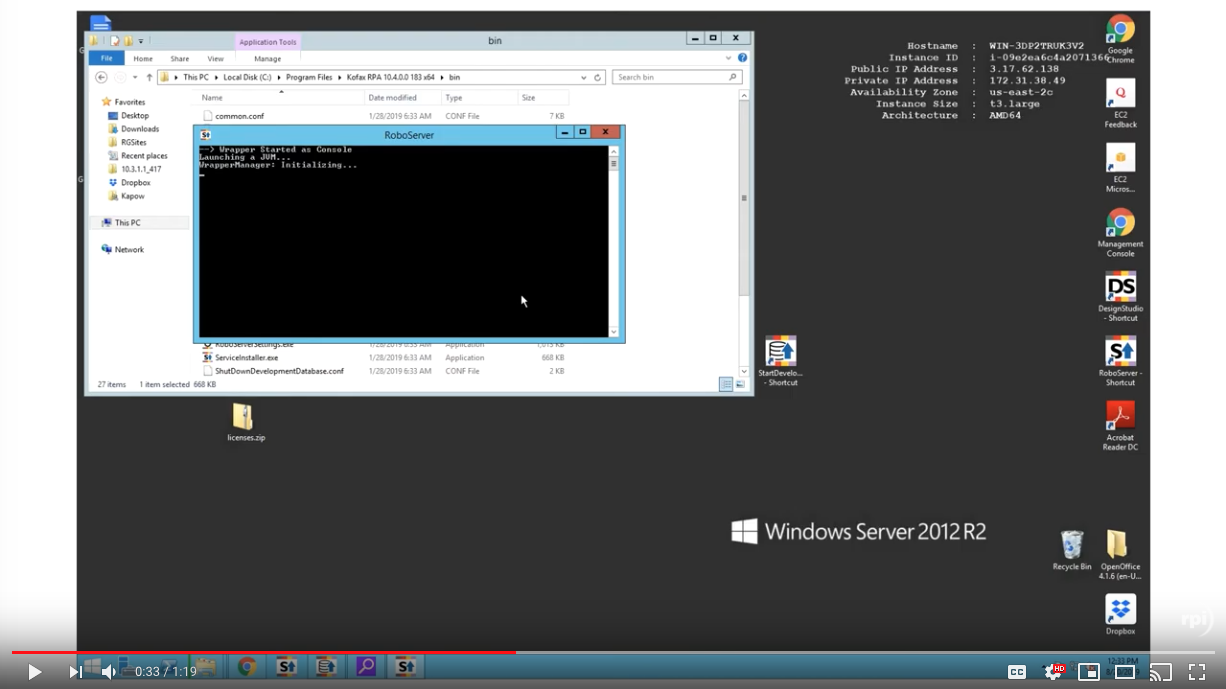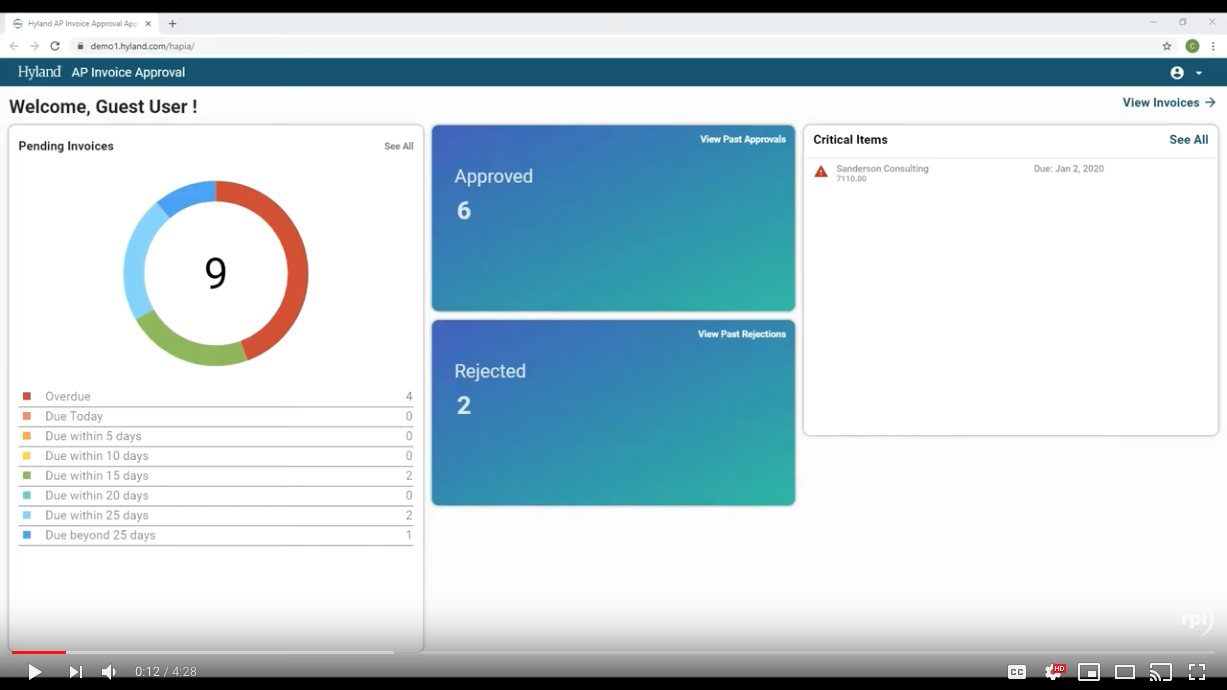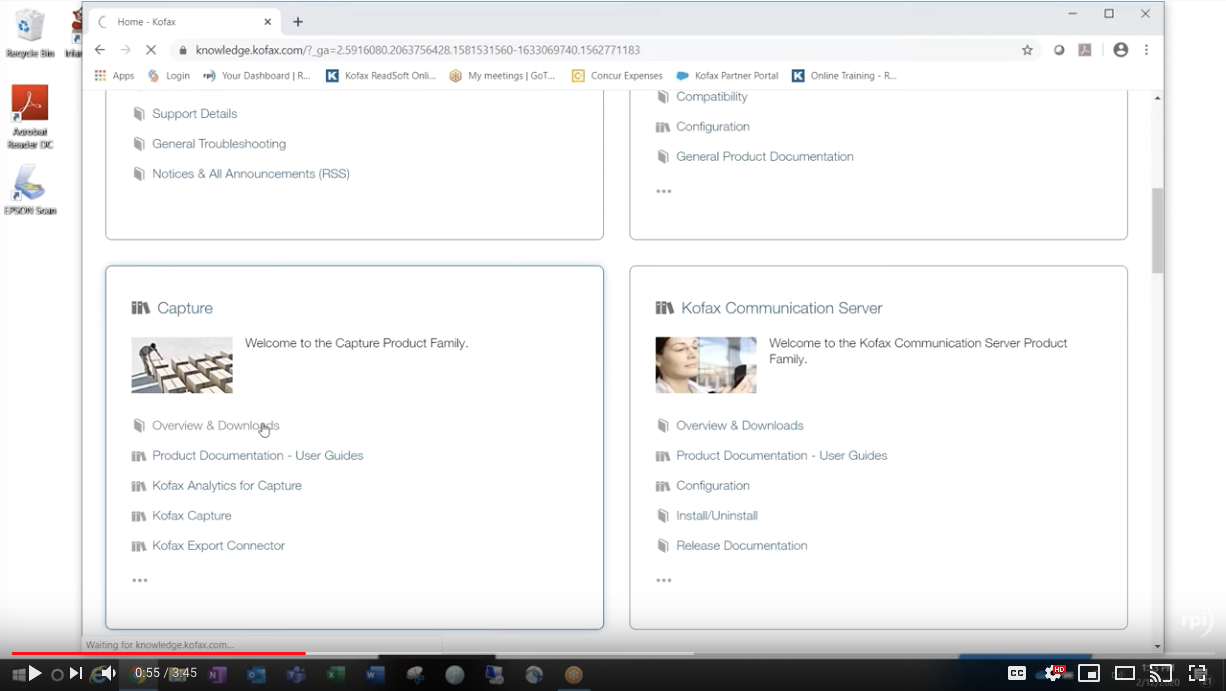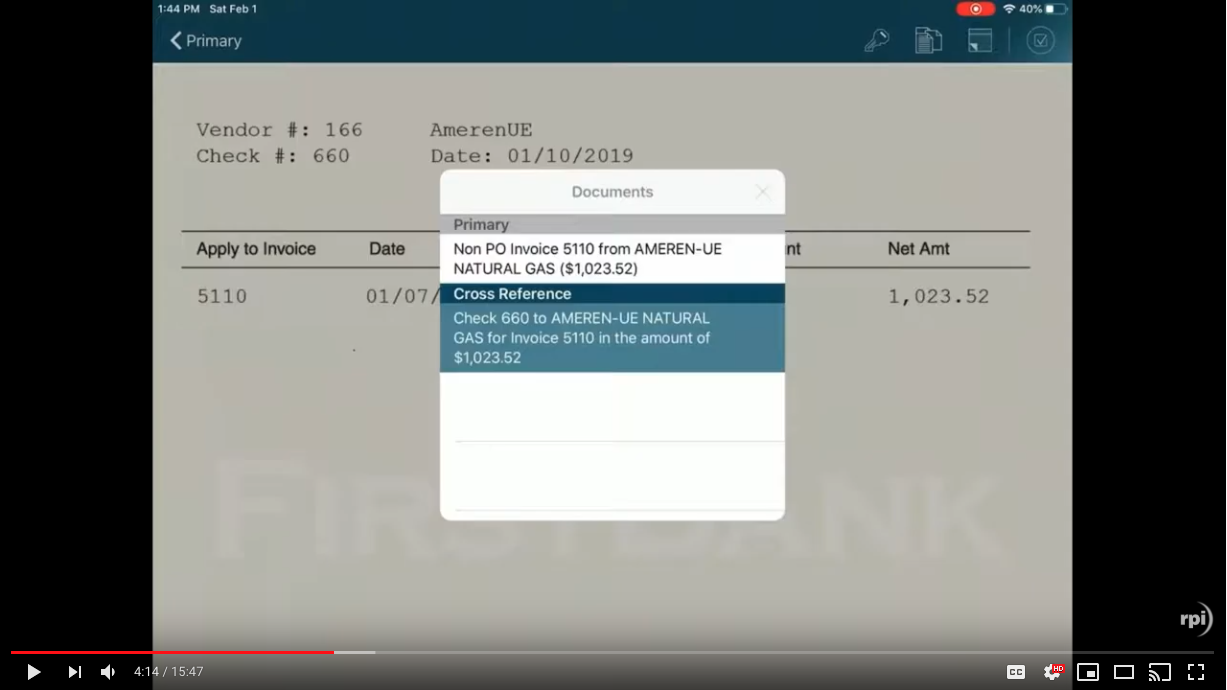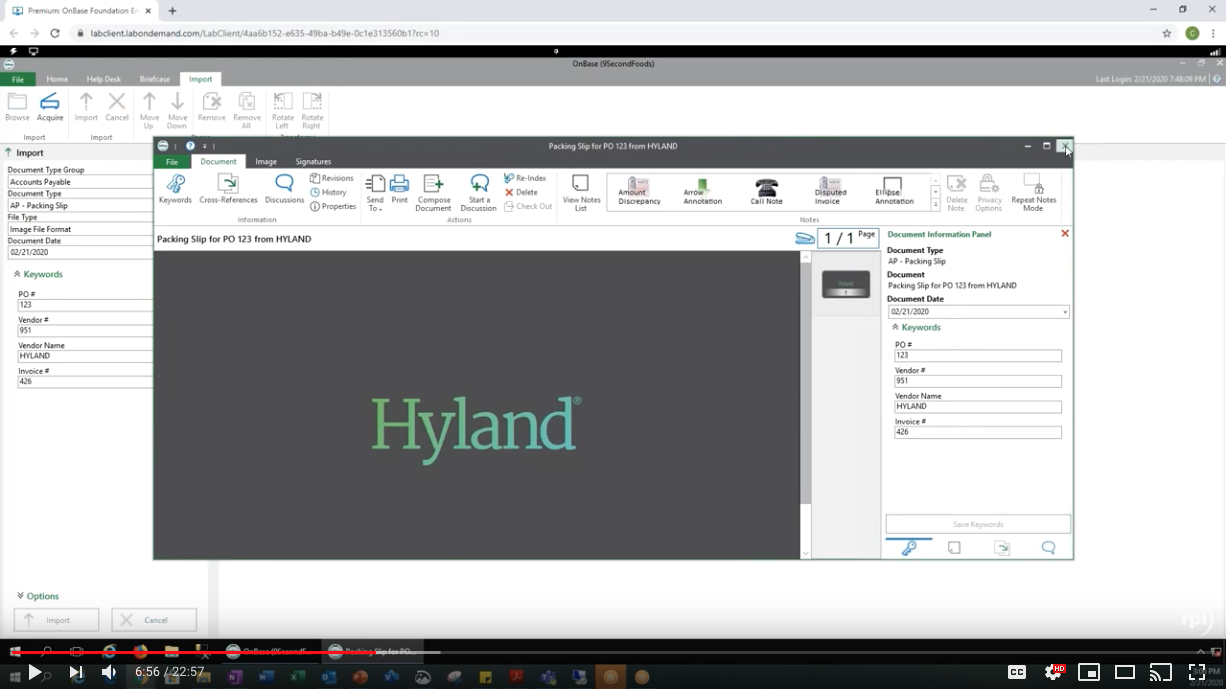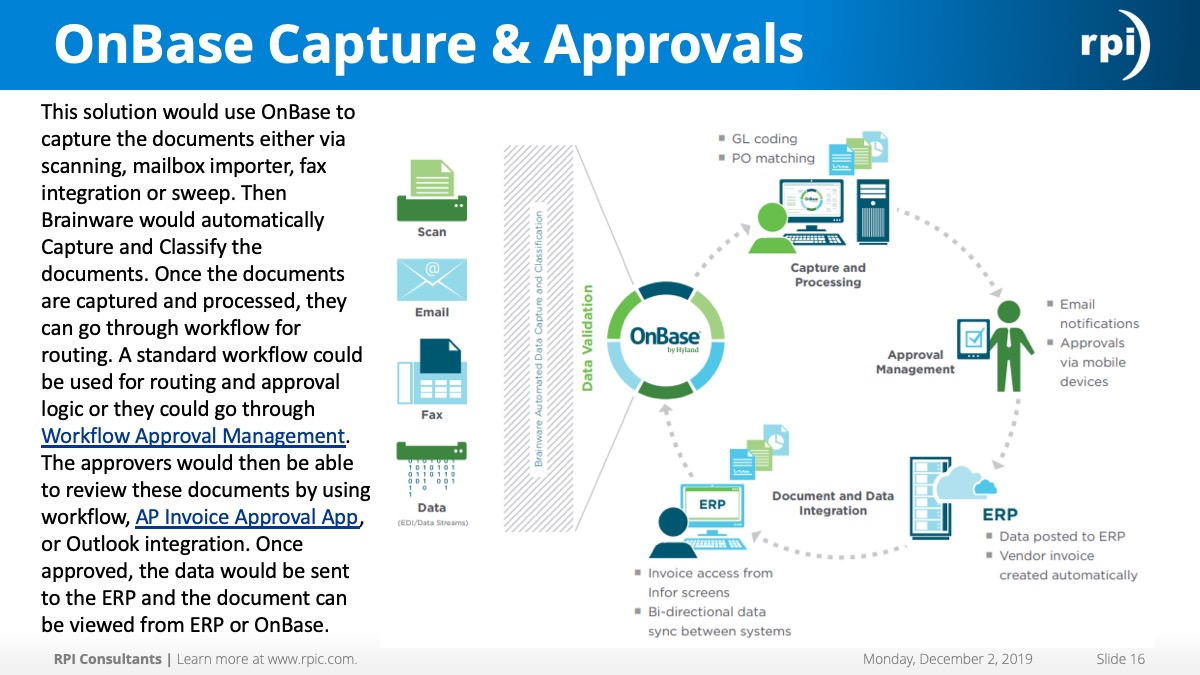Perceptive Content Upgrades: User Acceptance Testing
Overview
One of the most significant aspects of any Perceptive Content (ImageNow) initial implementation or upgrade is the user acceptance testing (UAT) phase. It can also be one of the most confusing and difficult stages of an upgrade in terms of planning and execution. This article seeks to illuminate some of the high-level considerations for this crucial step in the upgrade process. Whether your upgrade is being performed in-place or in a pre-production environment, taking a few minutes to understand these parts of the UAT process will help ensure your business or organization gets the most out of its user acceptance testing.
The Environment
The foundation of each and every user acceptance testing phase is the environment where testing will take place. It is critical that the environment for testing mirrors the production environment as closely as possible to ensure accurate test results.
If a “pre-production approach” is used for an upgrade (a migration to new servers), your new environment should mirror the data in your current production environment (but with updated versions of Perceptive Content software installed).
For in-place upgrades (where the upgrade takes place on current Perceptive Content servers) it is recommended that the Perceptive Content test and development environments are reviewed to ensure the proper software is installed and configured in a manner consistent with the current production environment. If deemed necessary, a refresh of this environment with current production data should also take place. Once the refresh has taken place, steps can then be taken to upgrade the environment to the desired version of Perceptive Content.
Designing a Test Plan
Certain aspects of Perceptive Content solutions are customized for each client to ensure they meet the unique business needs of each organization. This makes creating a “cookie cutter” test plan difficult. However, there are common aspects shared between many solutions. While not an exhaustive list, preparations can still be made based on these commonalities:
iScripts
Review the contents of the .inserver6script directory. Each of the iScripts within should be tested using the preferred execution method (i.e. workflow, intool, scheduled task, etc). Whenever possible, it is recommended that the data used to test these iScripts mirrors the data used in production.
Forms
Each type of form should be tested to ensure proper functionality. For example, one common feature on many forms is to perform lookups from external sources based on a specific value.
Clients
Identify the methods being used to access the client software. This can range from a Citrix server, to WebNow, to the standard desktop client. The updated version of the client should be deployed and tested leveraging these methods.
Be mindful of specific operations end users perform in the client. Do users often email documents out of Perceptive Content? Are there specific viewer settings being used? Does each file type (i.e. PDF, DOCX, TXT) render correctly on the workstations?
Ancillary Components
List any external components being used as part of your Perceptive Content solution and pinpoint how they are being used during normal operation. These can include things like Business Insight reports, Windows scheduled tasks, Output Agent, User Replication Agent, Full Text searching, etc.
Certain applications have introduced new features that may change their default behavior. Be mindful of any custom settings these components may have applied to them in your current version and ensure they are replicated on the new environment.
Document Submission
Each method of document submission should be tested for functionality. Test scanners should be set up in a manner that replicates the production scenario. Ensure ancillary components such as Fax Agent and Mail Agent are properly submitting documents in a manner consistent with your current version of Perceptive Content.
Document Conversion
If updating document conversion software, be mindful of any quality changes (in documents) that may be introduced. Often, small changes in document quality can affect other components such as Perceptive Intelligent Capture. With File Conversion Component now replacing the older INMAC process, document conversion has fundamentally changed on the back end. This can introduce changes to both viewing and processing quality.
External Application Integrations
Review and test any interactions Perceptive Content may have with external applications. For example, your ERP application may ingest (required) data that is output by Perceptive Content.
Test any application plans that may be used to link documents to records within your ERP.
Discover any embedded functionality that may exist within your ERP. Frequently there are buttons or links present that interact with Perceptive Content. For example, a WebNow URL may be presented within the ERP to streamline document viewing.
Timing
While the length of time required for user acceptance testing varies greatly based on the complexity of any given solution, typically the UAT period lasts from three to six weeks. During this phase, any troubleshooting necessary to correct issues found during testing is performed and documented to ensure a smooth transition to the updated live version of Perceptive Content.
Personnel Resourcing
Since it is difficult for any one person to manage every aspect of your customized solution, testing personnel should range from application administrators, to power users, to everyday end users. Ensuring that the updated version of Perceptive Content is tested by as many users as possible helps guarantee that all testing scenarios are covered, as well as any new issues discovered. If you need assistance with Perceptive Content administration, or any help with your implementation or user acceptance testing process, please contact us!
Follow us online for faster access to announcements, knowledge base updates, and upcoming events!
Entire Knowledge Base
All Products, Solutions, & Professional Services
Contact Us to Get Started
Don’t Just Take Our Word for it!
See What Our Clients Have to Say

Denver Health
“RPI brought in senior people that our folks related to and were able to work with easily. Their folks have been approachable, they listen to us, and they have been responsive to our questions – and when we see things we want to do a little differently, they have listened and figured out how to make it happen. “
Keith Thompson
Director of ERP Applications

Atlanta Public Schools
“Prior to RPI, we were really struggling with our HR technology. They brought in expertise to provide solutions to business problems, thought leadership for our long term strategic planning, and they help us make sure we are implementing new initiatives in an order that doesn’t create problems in the future. RPI has been a God-send. “
Skye Duckett
Chief Human Resources Officer

San Diego State University
“Our favorite outcome of the solution is the automation, which enables us to provide better service to our customers. Also, our consultant, Michael Madsen, was knowledgeable, easy to work with, patient, dependable and flexible with his schedule.”
Catherine Love
Associate Human Resources Director

Bon Secours Health System
“RPI has more than just knowledge, their consultants are personable leaders who will drive more efficient solutions. They challenged us to think outside the box and to believe that we could design a best-practice solution with minimal ongoing costs.”
Joel Stafford
Director of Accounts Payable

Aspirus
“Our relationship with RPI is great, they are like an extension of the Aspirus team. When we have a question, we reach out to them and get answers right away. If we have a big project, we bounce it off them immediately to get their ideas and ask for their expertise.”
Jen Underwood
Director of Supply Chain Informatics and Systems
Our People are the Difference
And Our Culture is Our Greatest Asset
A lot of people say it, we really mean it. We recruit good people. People who are great at what they do and fun to work with. We look for diverse strengths and abilities, a passion for excellent client service, and an entrepreneurial drive to get the job done.
We also practice what we preach and use the industry’s leading software to help manage our projects, engage with our client project teams, and enable our team to stay connected and collaborate. This open, team-based approach gives each customer and project the cumulative value of our entire team’s knowledge and experience.


